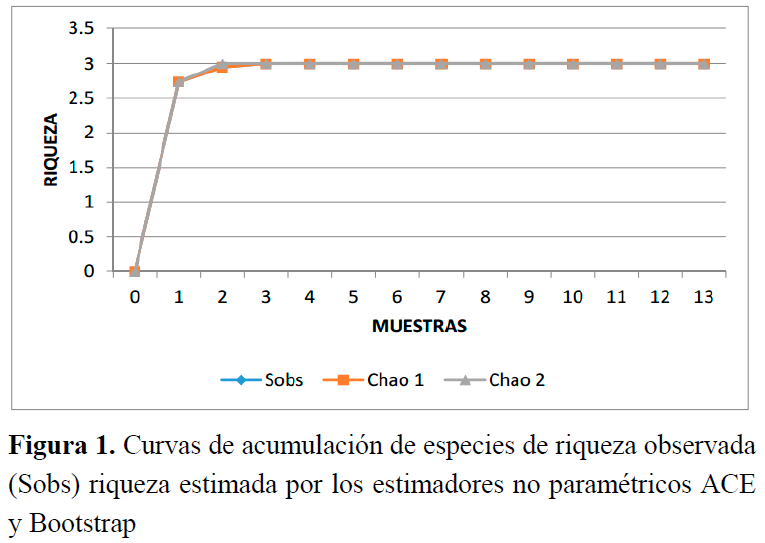Characterization of the biodiversity of amphibians in productive mountain agroecosystems
Main Article Content
Abstract
The work was carried out in the period from January 2016 to October 2018, for which amphibian biodiversity was characterized in 15 production areas belonging to 7 Credit and Service Cooperatives (CCS), 1 EJT Integral Farm and 1 Farm Integral Forest of the Yateras, Manuel Tames and Baracoa municipalities of the Guantánamo province and Sagua de Tánamo of the Holguín province. In the agroecosystems evaluated, a total of six species of amphibians were inventoried, of them two species of toads and four species of frogs. The species with the highest abundance and frequency in all agroecosystems was the banana frog (Osteopilus septentrionalis Duméril & Bibron). These results are due to the fact that the sampling effort in coffee growing areas was much higher in relation to the rest of the agroecosystems, and included remote locations with differences in their shrub and tree vegetation.
Article Details

This work is licensed under a Creative Commons Attribution-NonCommercial 4.0 International License.
References
AmphibiaWeb (2010). Eleutherodactylus orientalis: Ranita, Disponible en: http://amphibiaweb.org/species/3100 University of California, Berkeley, CA, USA. Consulta: 9 de abril, 2019.
Baquero, J. E. (2015). Inventario y monitoreo de biodiversidad en fincas bananeras y forestales de platanera en Río Sixaola SA. Corredor Biológico Talamanca Caribe. Proyecto de Asistencia Profesional, noviembre 2014 – febrero 2015.
Caribherp. (2016). Amphibians and reptiles of Caribbean Islands. Disponible en: http://www. caribherp.org/. Consulta: 7 de marzo, 2016.
Colwell, R. K. (2016). EstimateS: Statistical estimation of species richness and shared species from samples. Version 9.1.0. User's Guide and application.
Chao, A. (2018). Good-Turing (species data and richness estimates) Online: Software for richness estimates. Program published at https://chao.shinyapps.io/GoodTuring/.
Fong, A. & Viña, N. (1998). Anfibios de Nipe-Sagua-Baracoa. En: N. Viña (ed.), Diversidad Biológica del macizo montañoso Nipe-Sagua-Baracoa. Informe Final de Proyecto. (pp 927- 955). Santiago de Cuba: BIOECO.
González, H., Rodríguez, L., Rodríguez, A., Mancina, C. A. & Ramos, I. (2012). Libro rojo de los vertebrados de Cuba. La Habana: Editorial Academia. 303 pp.
González-Romero, A. & Murrieta-Galindo, R. (2008). Anfibios y reptiles.. En: R. H. Manson, V. Hernández-Ortiz, S. Gallina, & K. Mehltreter (Eds.), Agroecosistemas cafetaleros de Veracruz: Biodiversidad, manejo y conservación, (pp. 135-148). México: Instituto de Ecología A.C. (INECOL) e Instituto Nacional de Ecología (INE-SEMARNAT). 348.
Gotelli, N. J. & Colwell, R. K. (2001). Quantifying biodiversity: procedures and pitfalls in the measurement and comparison of species richness. Ecology Letters, 4, 379-391.

